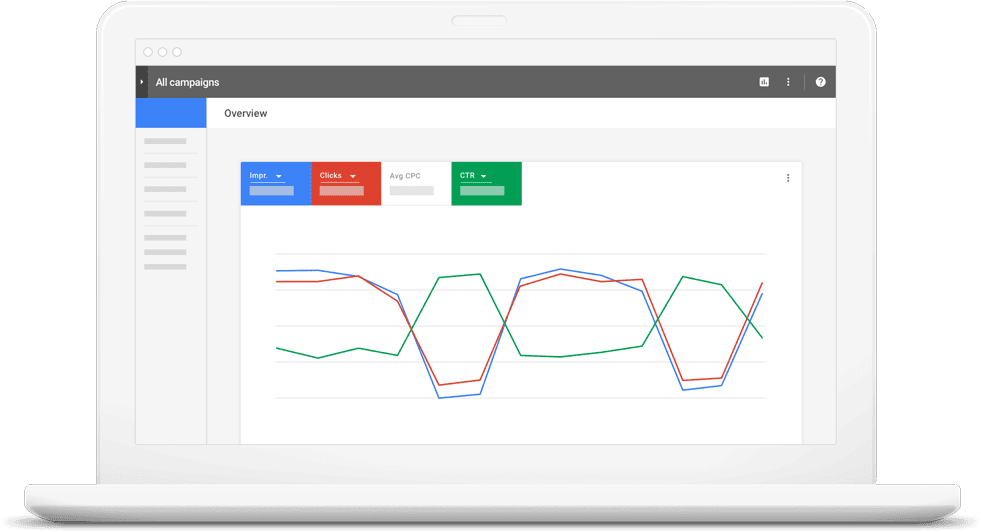Google has introduced a new ad format, named Responsive Search Ads, that allows advertisers to input 3 different headlines which AdWords will then optimise to get the best results.
Currently, Responsive Search Ads are in beta, and not open to all advertisers. However, this is likely to become more widespread shortly.

How does it work?
The new format allows more real estate for advertisers, allowing you to dynamically combine headlines and descriptions.
Essentially, all you will need to do is set up one ad with multiple headlines and a few descriptions.
Google will then automatically begin testing combinations dynamically to find the best combination to achieve the results you are looking for.
You also receive more on-screen real estate than a standard AdWords text ad.
You can now show up to three headlines, instead of two. It also gives you two 90-character descriptions to work with, rather than a single 80-character limit.
You can set up 15 headlines with 4 descriptions in a responsive search ad, with the other fields remaining the same.
Headlines will still need to be relevant to keywords in the ad group and contain at least one of the keywords within the headline itself – but obviously, you will need to consider the combinations that may rise once you set this into motion.
Google also gives you the option to pin headlines and descriptions to particular positions, which can help with disclaimers and the like. Once pinned, a headline or description will be the only thing which can be shown within that spot. You can pin multiple headlines or descriptions in order to provide flexibility when dynamically matched.
Why is Google introducing Responsive Search Ads?
This is all part of Google allowing more machine learning to take control of ad creative optimisation.
In the past, we have seen dynamic search ads, automated ad suggestions, automated ad rotation optimisation and other similar concepts.
Instead of the approach of adding three ads per ad group, this offers a simpler and more automated way of finding the best combination of creative to help generate the best results.


